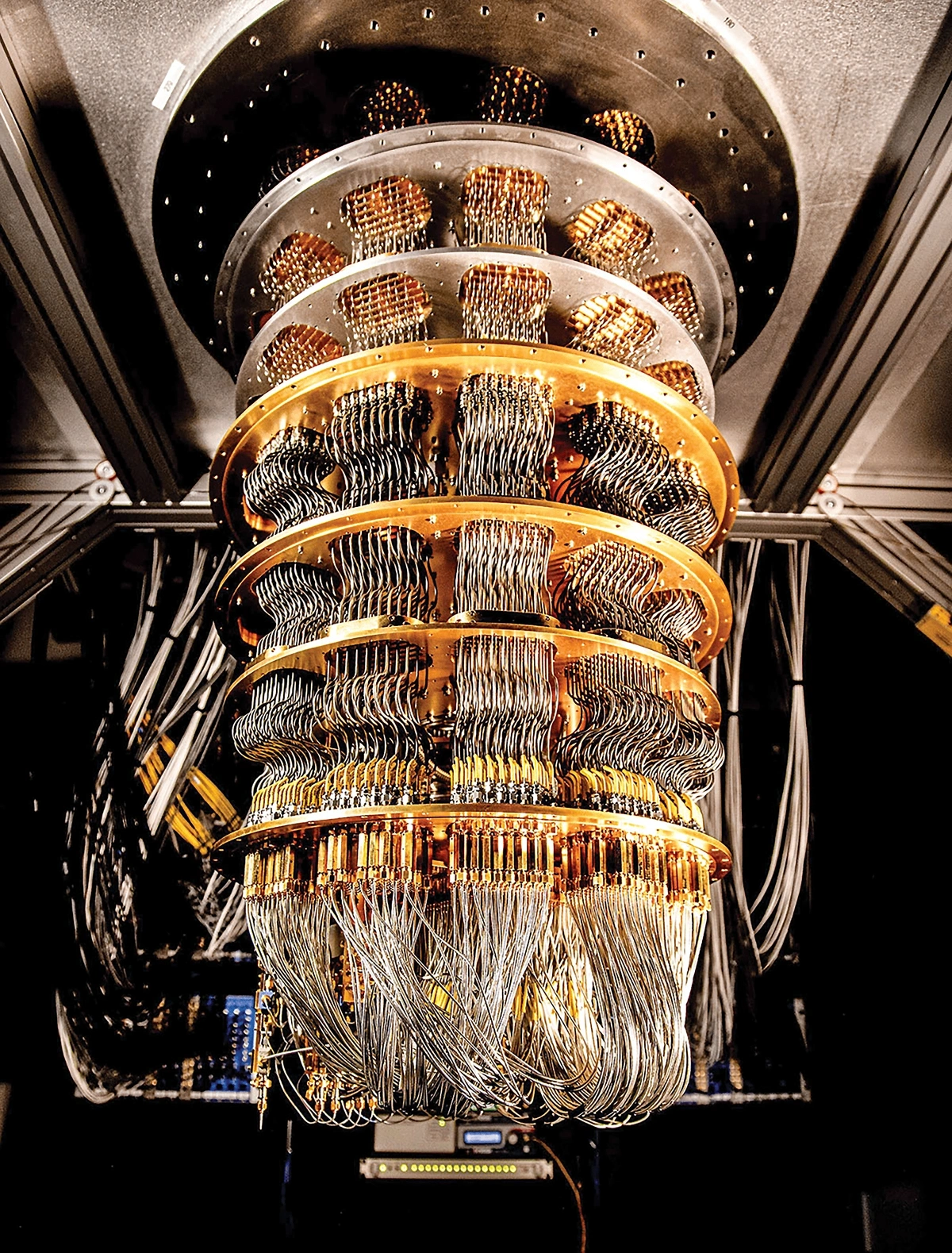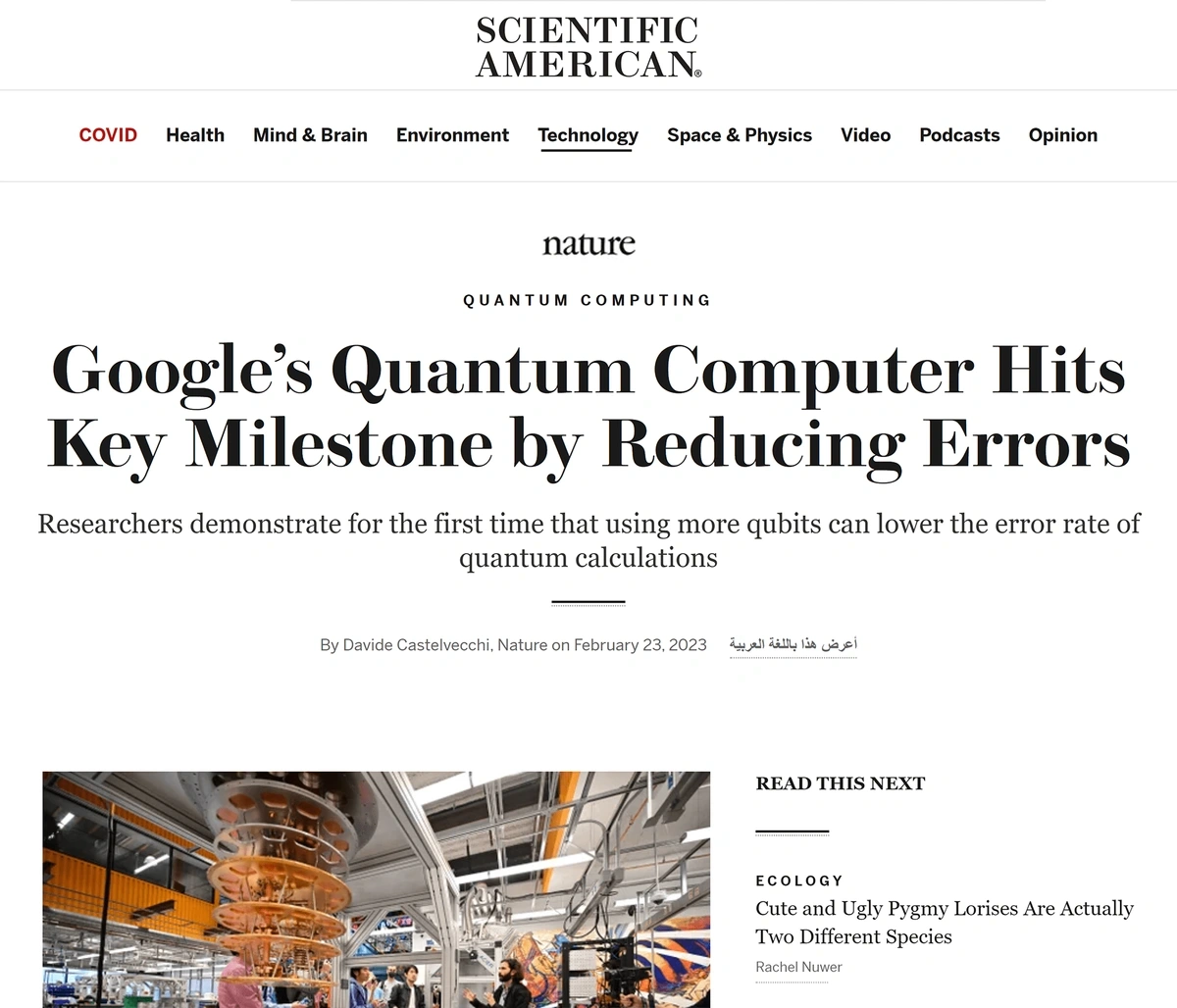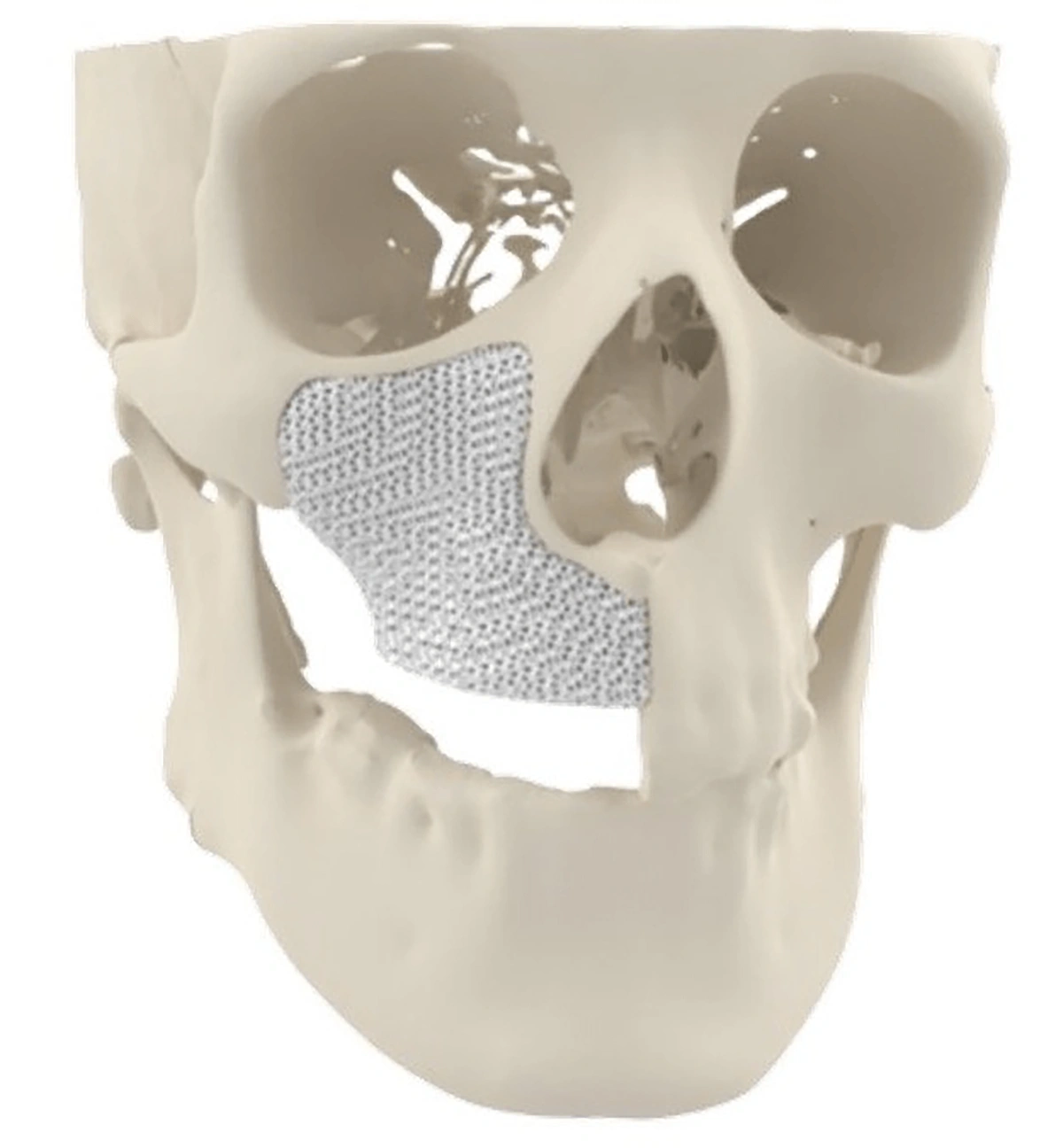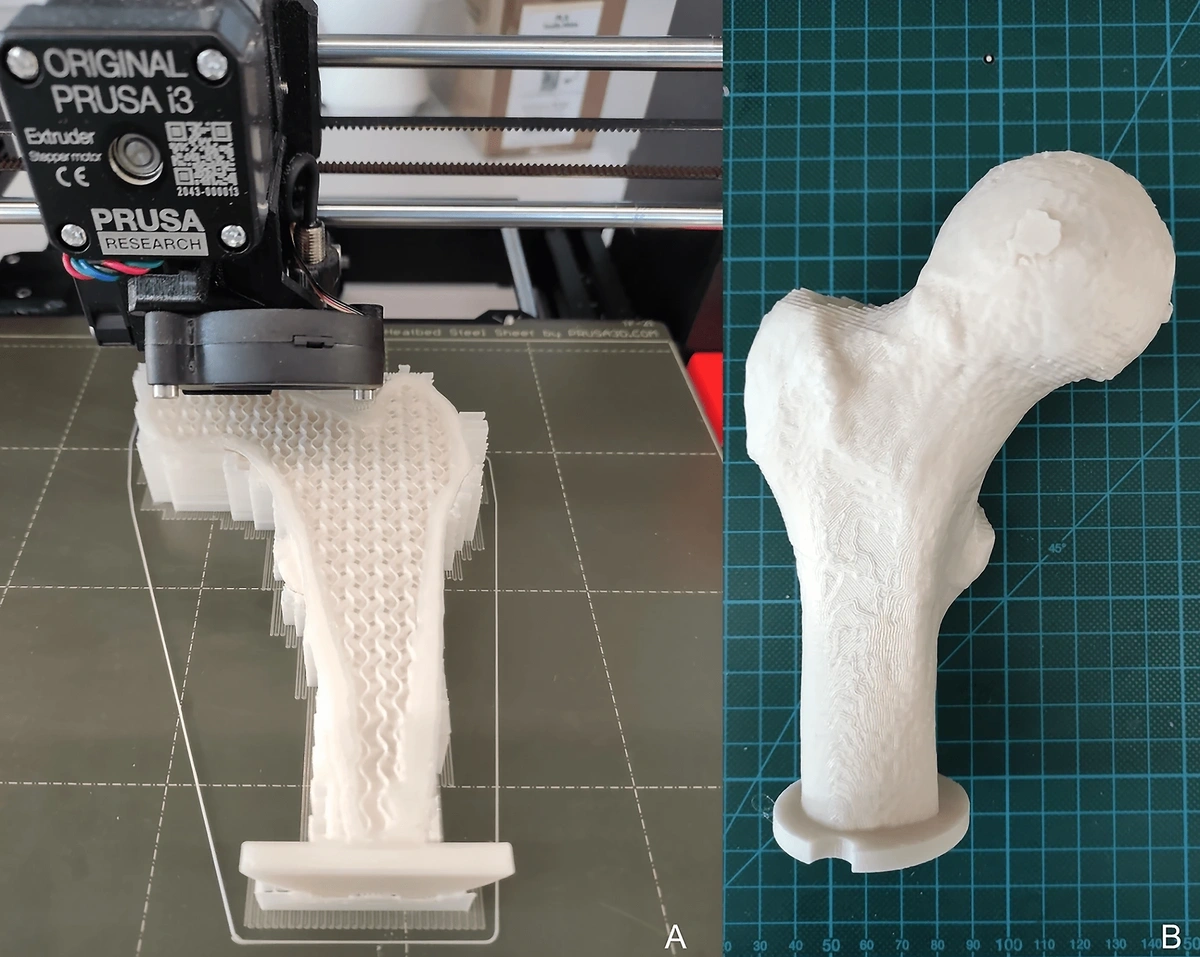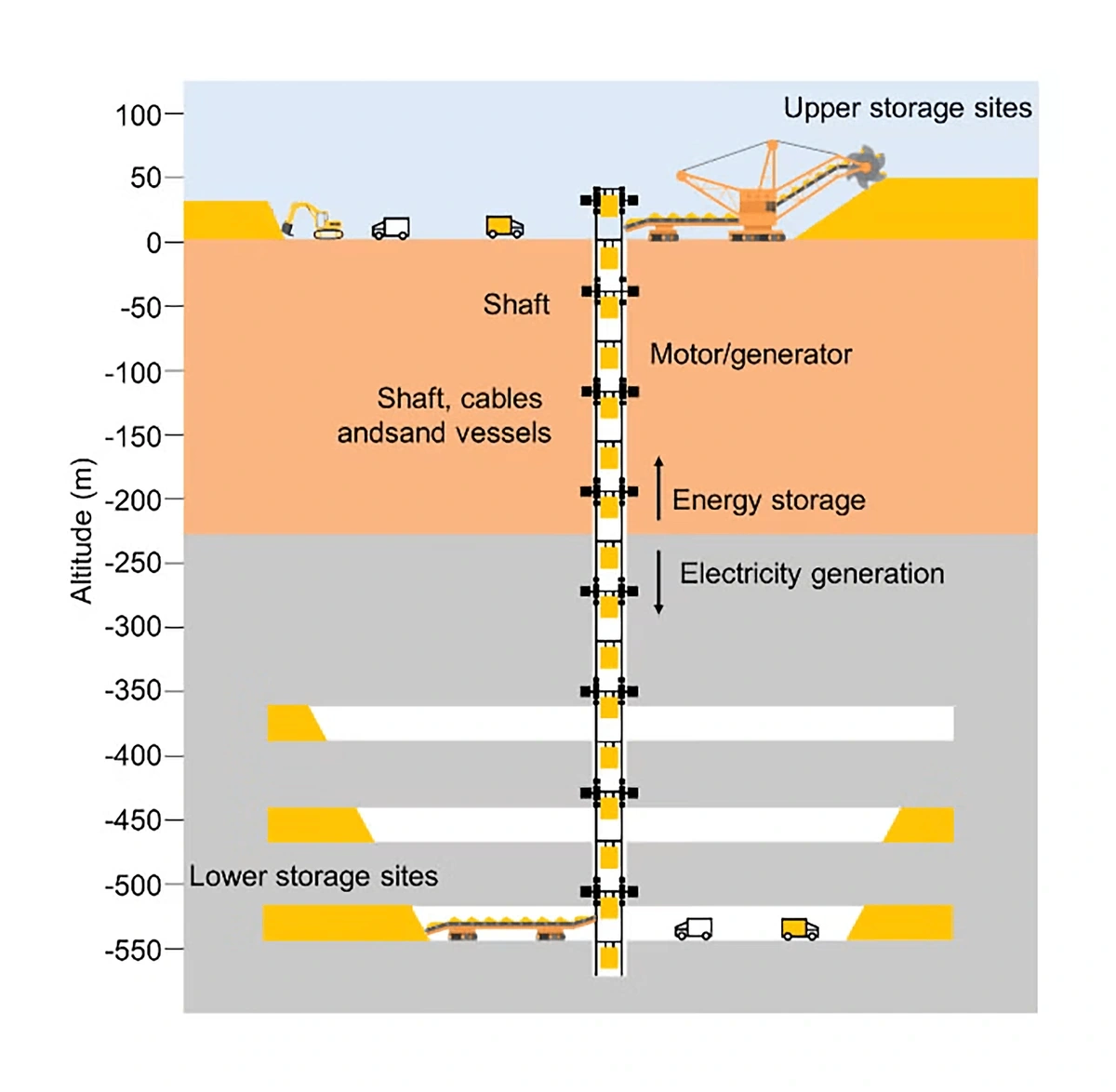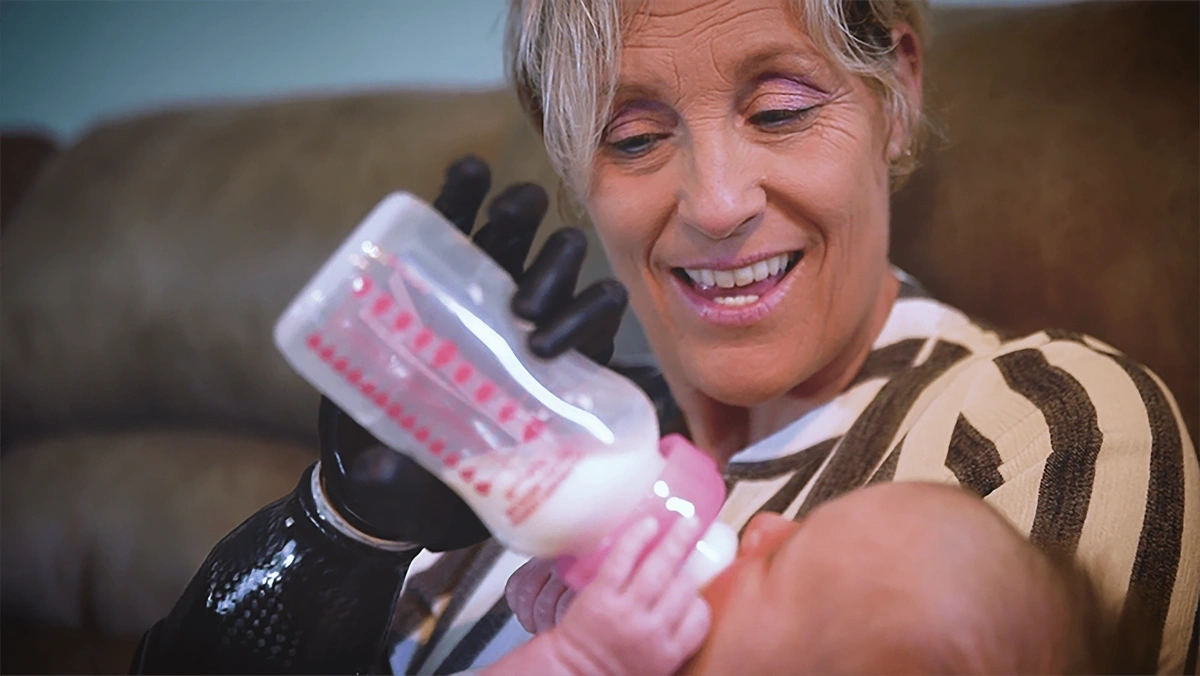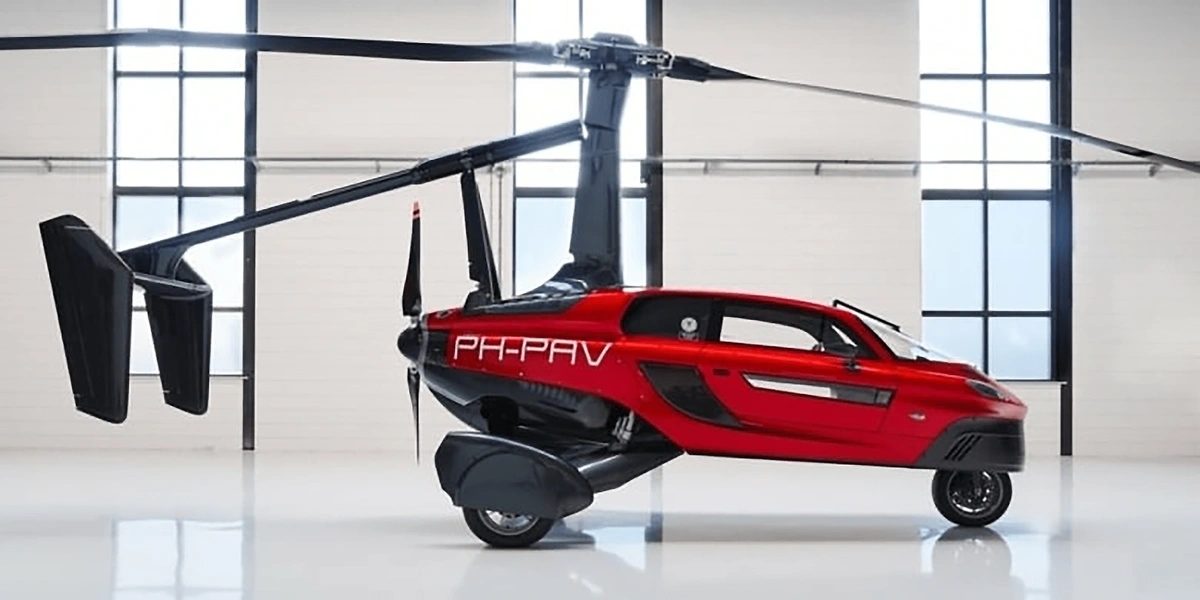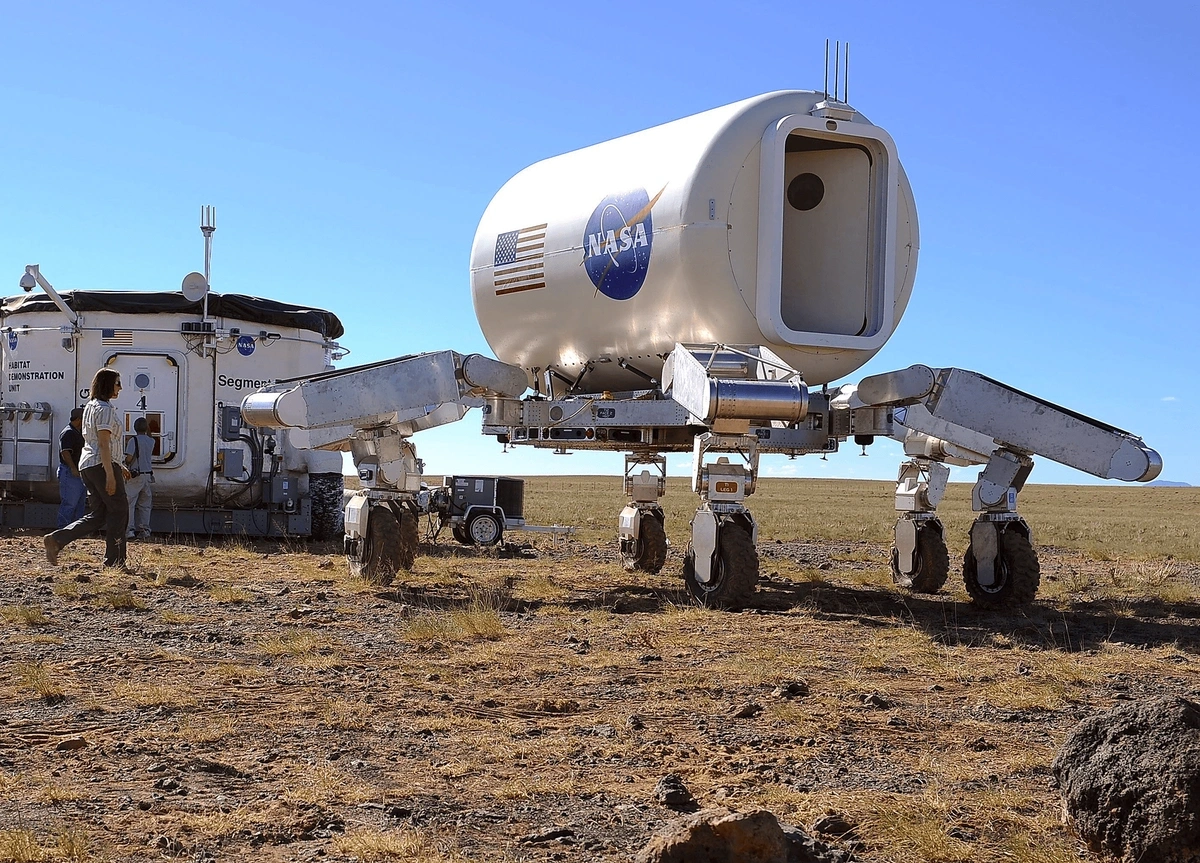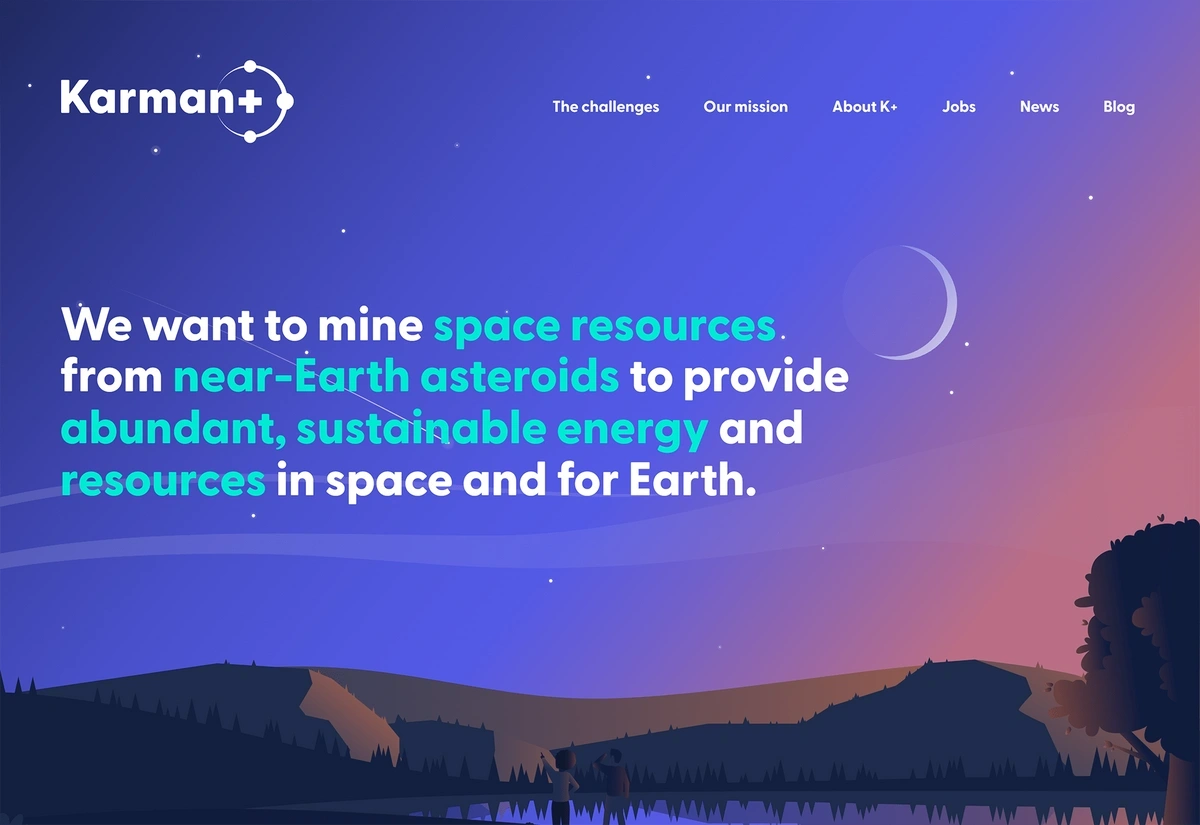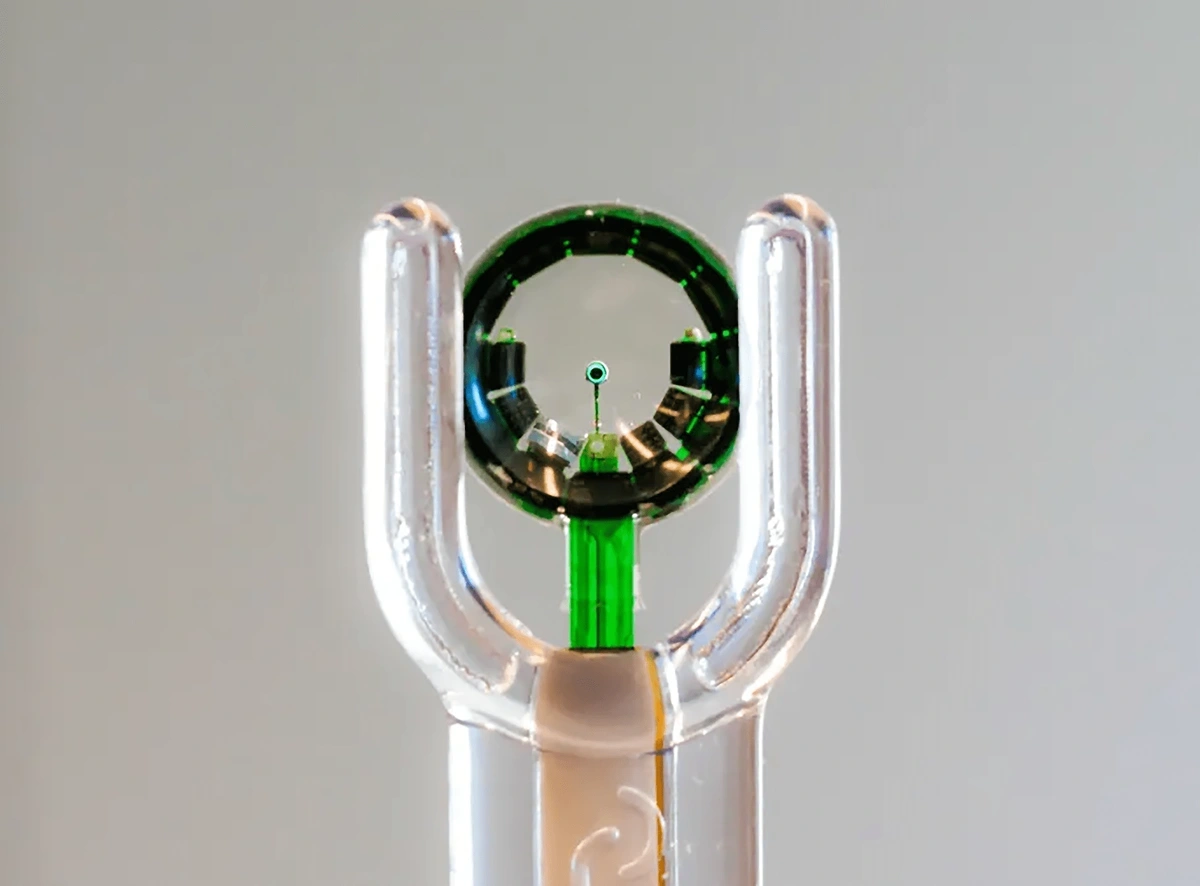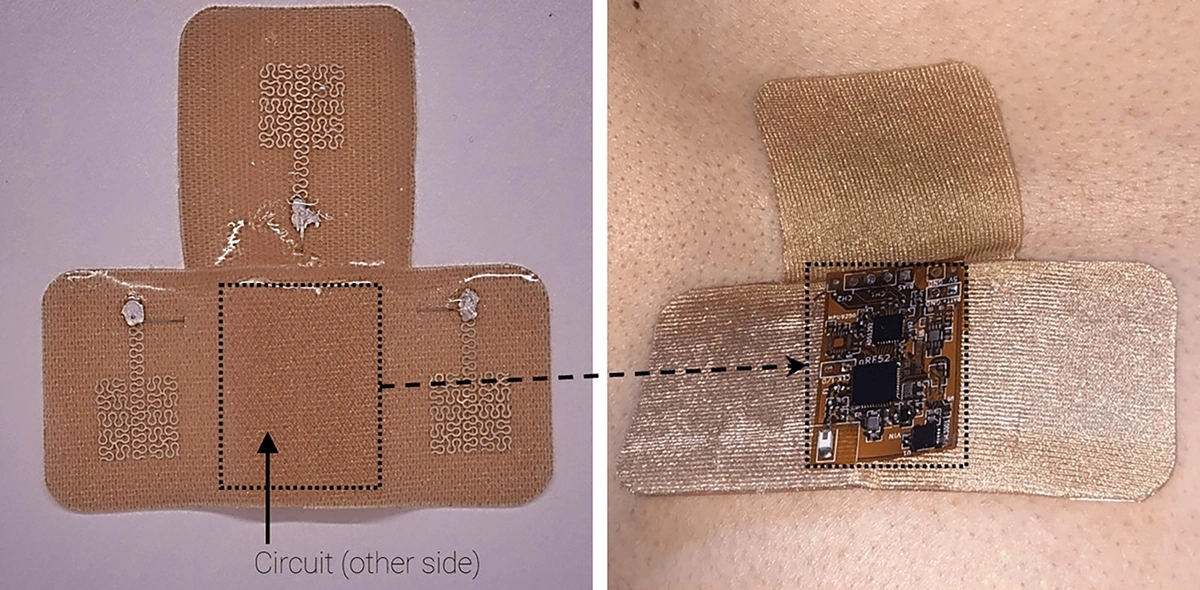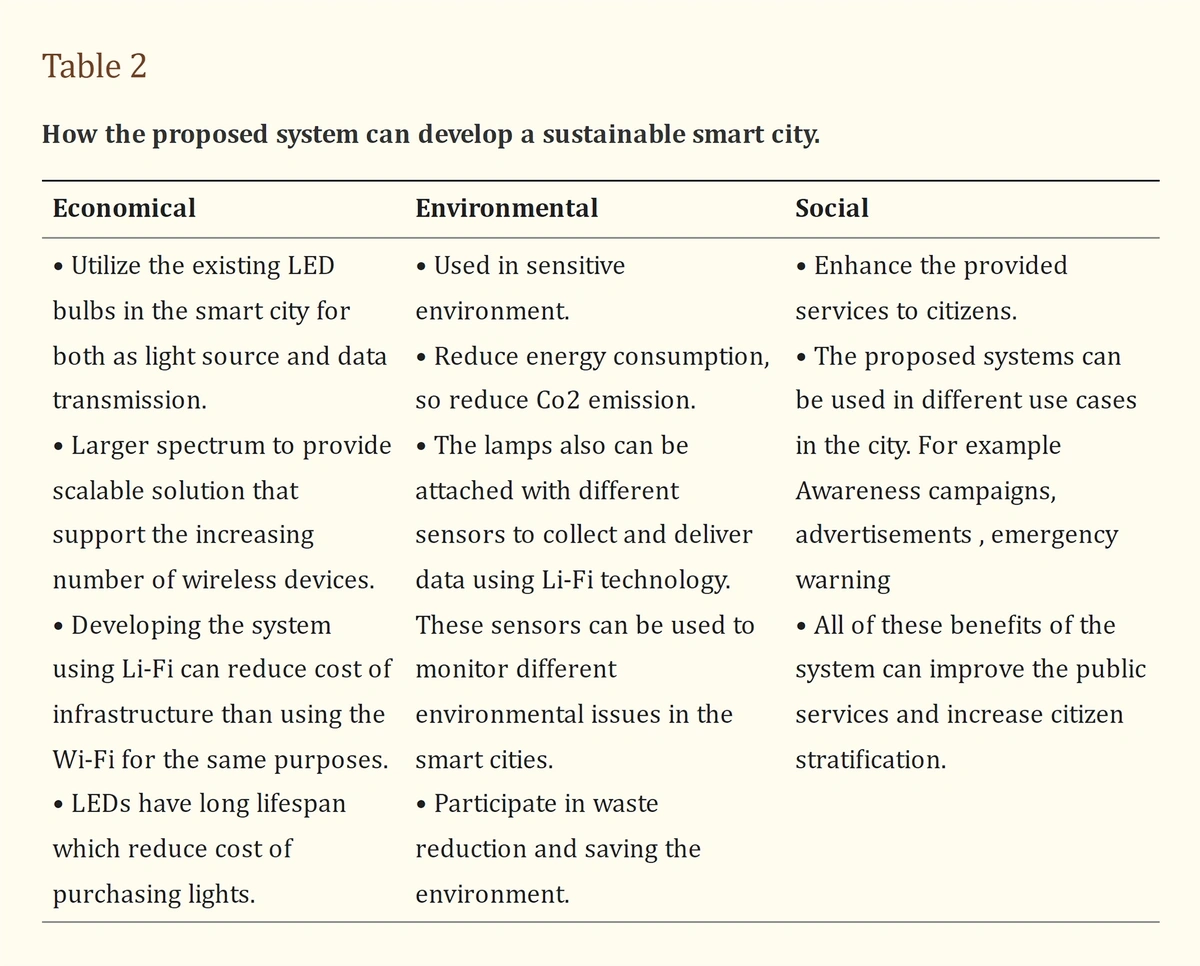
9 Technologies of the Future
Science fiction movies have given us plenty of high-tech ideas to dream about, but in today’s world, some of those technologies are on the brink of becoming reality.
Researchers from healthcare, energy, IT, and other sectors are developing groundbreaking technology that could directly impact human lives. Nanobots, flying cars, and AI are just a few examples.
In the list below, we’ll take a closer look at nine technologies that have the potential to change the future.
1. Quantum Computing
Quantum computing uses physics to solve complex problems fast.
How fast? 158 million times faster than the best supercomputer available today.
Search volume for “quantum computing” is up 147% in the past five years.
The power and speed behind quantum computing is based on qubits.
The qubits allow electrons or photons to exist in more than one state at the same time. Today’s computers rely on binary bits that can only exist as 1 or 0, never both at the same time. Qubits can be a combination of 1 and 0.
This enables quantum computers to explore more than one solution at a time, which can drastically improve the speed of computations.
A quantum computing cooling system for Google’s quantum chip.
However, the advancement of this technology is currently limited by the number of qubits in the computer.
IBM currently has the largest quantum computer with 433 qubits. That milestone came in November 2022.
But many say a fully-operational quantum computer will need at least 1 million qubits.
Google says it will reach that point by 2029.
Google is adding qubits in order to reduce the error rate of its quantum computer.
Quantum computing is not intended to replace classical computing entirely. However, quantum computers do excel in solving certain types of problems like factoring large numbers, optimizing complex systems, simulating quantum phenomena, and cryptography.
As the field advances, quantum computing may find applications in fields such as drug discovery, finance, military operations, and digital manufacturing.
2. 3D-Printed Bones
The standard medical solution for repairing major bone damage is harvesting bone from the patient’s body. But 3D-printed bones are changing that.
These bones have the benefit of being personalized to each patient’s unique structure and anatomy. Each one is custom-made based on patient imaging.
After they’re implanted in the body, the patient’s own bone converts the 3D-printed bone to natural bone in just a few months.
The first 3D-printed bone graft became commercially available in July 2022, and more widespread developments in this technology are likely to come in the next few years.
An example of a 3D-printed bone used to correct a facial deformity.
Cerhum, a company based in Belgium, printed the bone graft with hydroxyapatite, the same mineral that serves as a main component of natural bone.
Right now, Cerhum is only offering bone grafts for cases of facial deformities.
Other scientists are applying the technology to other bones, though.
At the Karl Landsteiner University of Health Science in Austria, researchers put 3D-printed femurs to the test. They found that the 3D-printed bones were mechanically superior to traditional polyurethane-based bone grafts.
A 3D-printed bone mimics the natural internal structure of bone.
In early 2023, a 3D-printed hip was implanted for the first time.
It took scientists two months to get the shape and structure exactly right.
In another example of future applications, researchers at Northwestern University are working on 3D-printed bones specially designed for pediatric patients.
In the future, they say, bones could be printed and ready for patients in as little as 24 hours.
3. Gravity Batteries
The intermittent nature of renewable energy sources like wind and solar power is a critical issue to solve if the world is going to be weaned off fossil fuels.
Gravity batteries have the potential to use green electricity at non-peak times and re-generate that electricity at peak-times. And, the systems are nearly autonomous.
Search volume for “gravity battery” is up more than 800% over the past five years.
The gravity battery storage system looks like any other large rectangular building.
But inside, giant bricks (up to 35 metric tons) are being hoisted up by a trolley system and elevator. The bricks are then stored on the top eight levels of the building.
When power is needed, the bricks are dropped down to the lower eight levels. As it drops, each brick generates enough electricity to power 2,000 refrigerators.
Energy Vault is building a gravity storage system in China.
The very first gravity battery system is expected to go online in September 2023.
Another type of gravity battery development is taking place in abandoned mines. There are 550,000 potential mines in the United States alone.
Gravity batteries operating in mine shafts across the world have the potential to store up to 70TWh of energy, according to researchers.
The process is the same as transferring bricks up and down in an elevator-like structure, but with mines, large containers of sand could potentially be transferred up and down the mine shafts.
This solution is ideal because the infrastructure already exists and the mines are already connected to the power grid.
Underground gravity batteries repurpose abandoned mines and work in a way that’s very similar to gravity battery buildings.
Switzerland-based Energy Vault is the worldwide leader in the gravity battery space.
The company pulled in $146 million in revenue in 2022, but says they expect to triple that value in 2023.
4. Bionic Limbs
Integrating prosthetic limbs with the human brain is slowly becoming a reality.
In a 2022 study, researchers utilized AI technology in order to communicate between an individual’s peripheral nerves and a prosthetic hand.
Three individuals were studied and each could intuitively control their finger and wrist movements by natural thought with 97-98% accuracy.
A study participant moves his prosthetic limb with natural thought.
Another set of researchers have designed a prosthetic hand based on a brain-computer interface.
The artificial limb from Esper Bionics utilizes more than 30 sensors that are placed near the amputee’s stump socket. When the sensors pick up muscle activity, they trigger the movement in the prosthesis.
The limb connects to a cloud network to upload data. Over time, the artificial limb learns the desired movements of the individual.
Aside from sending signals from the amputee to the prosthesis, research is also being done on how to get the prosthesis to send signals back to the amputee.
Researchers at the University of Pittsburgh are working on technology that links an implant on the amputee’s spine to the prosthesis on the hand or foot.
Right now, amputees in the research studies say the feeling is a vibration or buzzing instead of a specific tactile feeling.
But, in the future, scientists are hoping for improvements in sensors and better connections to the amputees’ nervous systems.
Being able to receive sensory information helps amputees use the correct grip strength when performing tasks like holding a bottle or a soft piece of fruit.
5. Flying Cars and eVTOL Vehicles
Flying cars are starting to hit the skies in a variety of different ways. Only time will tell which technology is the best fit for consumers.
One type of vehicle is part plane, part car.
The flying car from PAL-V is one example of this type of vehicle. It drives like a car but it also converts to a gyroplane. It carries two people and requires about 1,100 feet of take-off space.
The manufacturer says the vehicle has been approved for road use in Europe since 2020 and it will be flying in 2024.
The PAL-V Liberty can fly about 250 miles with two passengers inside.
Electric vertical take-off and landing (eVTOL) cars are also being tested.
Search volume for “evtol” is up more than 1,500% since 2019.
ASKA is one startup that’s working toward getting their eVTOL car cleared in the United States.
Aska’s eVTOL vehicle can fly up to 250 miles on one charge.
Their A5 model is the size of an SUV when it’s in drive mode but utilizes six propellers when in flight mode.
ASKA has the goal of commercializing the A5 by 2026.
Other eVTOLs function like helicopters and are not meant to drive on roads, but industry leaders say they have the potential to serve as an alternative to car transportation.
Although there’s a lot of buzz surrounding using flying cars for personal transport, the more likely first step of this sector is to start with transporting goods and military applications.
Air taxis and personal transportation applications could occur as early as 2024.
6. Asteroid Mining
As resources on Earth dwindle, some startups are developing technology to mine resources from asteroids.
Scientists have identified 15,000 asteroids with the potential of offering valuable minerals.
Asteroids are especially sought after for the high occurrence of platinum group metals. This includes minerals which are rare on Earth like osmium, palladium, rhodium, and others.
Minerals from asteroids like rhodium and palladium are extremely valuable.
Estimates show that mining the 10 asteroids closest to Earth would result in $1.5 trillion profit.
A NASA concept vehicle designed for astronauts mining asteroids.
AstroForge, a startup with $13 million in funding, launched their first space mission in April 2023.
The focus of this trip is to test their ability to refine platinum in space.
The company has another trip planned for October 2023.
That trip will be aimed at scouting out a specific asteroid close to Earth. It’s 22 million miles away, an 11-month journey.
Another asteroid mining startup, Karman+, has an alternate goal as their first step: mining water.
Karman+ is taking an environmentally-friendly approach to mining asteroids.
This process is called optical mining. It involves using sunlight and mirrors to extract water out of asteroids.
The goal is to harvest water in order to serve as a propellant for the spacecraft.
7. Integrated Wearables
Smartwatches are nice, but the wearables of the future may be so integrated into the human body that users won’t even feel them.
Take the Mojo Lens, for example.
Search volume for “Mojo Lens” jumped in mid-2022.
This smart contact lens is a self-contained display lens, meaning that it can project text and graphics for the user. It also features an accelerometer, gyroscope, and magnetometer that give it eye-tracking capabilities.
The Mojo Lens has an outer ring of hardware and a spot in the middle that projects the display for the user.
By using contacts like this, users can bring up information simply by moving their eyes. For example, users could bring up their calendar for the day, flight information while they’re traveling, or a script to read as they make a presentation.
High-tech wearables of the future are especially relevant to the healthcare sector.
A considerable amount of research has gone into the potential of using contact lenses to monitor diabetes. The main idea is that the contact would measure glucose levels via the eye’s tears and transmit the information to the user’s smartphone.
Google has been working on the technology for quite some time, but has run into problems.
A 2022 research team solved one of those problems, though. Their contact lens uses a porous hydrogel that improves tear absorption. That means there are enough tears on the lens to complete the chemical reaction that’s needed in order to measure the user’s glucose level.
Researchers are also experimenting with wearables that can be screen printed, transferred onto fabric, and worn directly on the skin.
This type of wearable can be used for ECG monitoring, respiratory rate monitoring, and other less-intensive metrics that are recorded by typical fitness watches.
These screen printed electrodes can be applied directly to the skin.
8. Nanobots in Healthcare
According to a prediction from a former Google engineer, humans will have achieved immortality in the next eight years thanks to developments in nanobots and nanomachines.
Search volume for “nanobots” has increased since 2019.
Nanobots are incredibly small robots, smaller than 100th of the width of a hair strand, that can enter the human bloodstream.
The sensors in nanobots could potentially detect specific conditions or certain signals in the body, like the presence of a certain molecule or material. Then, the nanobot would transmit that information back to the system controlling it. Based on the data, the nanobot could deliver medicine or even manipulate structures.
There are numerous potential applications for nanobots in the field of medicine.
Healthcare experts say nanobots have the potential to drastically improve drug delivery in humans. With this technology, the medicine could be delivered directly where it’s needed instead of having to work through the bloodstream where it can affect other parts of the body and cause unwanted side effects.
The technology is already being tested in cancer patients.
Nanobots are also being tested as a way to kill sneaky drug-resistant bacteria during root canal procedures.
A nanobot operating in human dentin.
Because they represent a non-invasive option, nanobots also have the potential to revolutionize surgery.
Doctors hope to be able to use them to reach areas of the body that are incredibly difficult to reach with current surgical techniques, like the brain.
Some of the most recent developments in nanobot technology involve bots that can autonomously navigate to problem sites in the human body.
In one example, researchers created a nanobot that can autonomously search out inflammation in the GI tract and deliver medicine at the diseased site. When using the nanobots, drug accumulation at the site was increased 1000x over traditional methods.
9. Li-Fi
The world knows Wi-Fi, the technology that transmits data using radio waves and is responsible for the internet as we know it.
Li-Fi is more of a mystery, for now.
This technology transmits data via solid-state lighting, such as LED bulbs. The data then flows to devices via photodetector dongles.
Li-Fi utilizes LED bulbs in order to transfer data.
Because light travels at very fast speeds, Li-Fi can enable an extremely fast internet connection. It runs data transfers at incredible speeds—up to 100 gigabits per second. That’s 5x the speed of 5G.
Search volume for “5G” reflects growing interest in high-speed data connections.
Li-Fi is also more energy-efficient than Wi-Fi. Routers, modems, and other devices aren’t required for Li-Fi. And, LED bulbs are efficient in their own right.
The other benefit is that it’s virtually un-hackable. That’s because light cannot penetrate walls, so the Li-Fi connection cannot go beyond the walls either.
This makes it ideal for places like hospitals, military bases, and airports.
Fairbanks Morse Defense recently announced it would provide its U.S. military customers with access to Li-Fi.
The military is beginning to adopt Li-Fi technology because of its inherent safety.
Li-Fi is also being proposed as a way to make smart cities more efficient.
Li-Fi technology offers smart cities with economical, environmental, and social benefits.
One market prediction shows the Li-Fi market growing at a CAGR of 51% through 2030.
Conclusion
That wraps up our list of nine technologies of the future.
Connectivity, sustainability, and personalization are just three of the mega trends that future technology is expected to hit on. Developments in biotechnology and advanced computing may have the potential to solve some of the world’s most pressing problems. Other technologies like flying cars and high-tech wearables simply have the potential to make life easier.
In summary, the emergence of these technologies has the potential to alter our lives and unlock astonishing innovations that we’ve never seen before.
Stop Guessing, Start Growing 🚀
Use real-time topic data to create content that resonates and brings results.
Exploding Topics is owned by Semrush. Our mission is to provide accurate data and expert insights on emerging trends. Unless otherwise noted, this page’s content was written by either an employee or a paid contractor of Semrush Inc.
Share
Newsletter Signup
By clicking “Subscribe” you agree to Semrush Privacy Policy and consent to Semrush using your contact data for newsletter purposes
Written By


Josh is the Co-Founder and CTO of Exploding Topics. Josh has led Exploding Topics product development from the first line of co... Read more


